by Korey Rich, Kumveka Strategist
You’ve made the investment in a website. Now you need to get people to it. There are a number of ways to do that; we’re going to cover one that’s fairly simple and cost effective: Organic search engine optimization (SEO).
Organic search is based on natural, unpaid rankings determined by search engine algorithms--basically what comes up when you put search terms in the search box. Google is the major player here, so I’ll refer to them throughout this post.
There are hundreds of articles that claim to know the 10 or 15 best practices to achieve the highest SEO, few have the same list. And because the way Google prioritizes results is so fluid, best practices one year may not be relevant in the next.
So, to develop this list, I chose insights that have proven to be stable over time, making them relevant both now and tomorrow.
Be sure users can easily navigate from your social media pages to your website and from your website to your social media pages. Being active on these platforms will boost your popularity in Google’s eyes as well.
60% of Google searches are done via mobile device. Google wants your website to be ready for that traffic, so make sure your mobile site is working, responsive, and visually appealing.
Google notices how long a user stays on your website--the longer, the better. Get people to stick around longer by creating content that engages readers by going beyond just words. Graphics, images, and videos that capture users’ eyes are great supporting content.
Fresh content improves your ranking in Google’s algorithm. Blogs are a great way to stay in front of Google (and your audience). Be sure to have a variety of topics related to your expertise as well as fresh and engaging content. What can you talk about that others cannot?
As one of your ministry’s primary communication tools, your website needs to be simple to navigate and understand. This helps your audience and it helps Google. One practical way to do this is by linking your internal pages using keywords instead of “Click Here.”
Google “reads” the URLs of your web pages to understand page content. Long URLs made up of nonsensical letters and numbers prevents Google from doing that. Make sure each page of your website has a URL that is no more than 50-60 characters and that includes the keywords from that page.
If a link to your website appears on other websites, there is a greater chance of your website being displayed in the results of a Google search. Guest blogging is the best way to do this. Establish relationships with other organizations who will let you guest blog for them. Links to other credible websites on your website never hurt either, so be open to letting other organizations guest blog on your site, too.
Now we’re getting a bit technical. Google doesn’t just read the words on your website, but also the words behind your website. On the backend, you’ll want to index your site for Google, which helps it in its reading comprehension. Use Google Search Console for this--it’s pretty simple and it’s easy to find helpful online tutorials, like this one.
As long as we’re still using words in our Google searches, choosing keywords will be an essential SEO strategy. A great place for keywords are in the meta descriptions that Google shows with your search results. Keep your meta description under 150 characters, make it compelling, and ensure the keywords relate to the page topic. Also check that you have keywords within the first 55 characters of your page titles. The keywords related to the topic on each page should be within the first 50 words, but not overused beyond that.
Determine several topic categories, then create content within each topic that uses shared keywords. For example, if my website is all about American food, I have a topic page on cheese containing links to articles on mac n’ cheese, cheeseburgers, etc.; they all include the keyword “cheese.” I have another page on chicken where you’ll find links to articles on chicken fingers, barbecue chicken, etc. that all include the keyword “chicken.” The easiest way to start implementing this concept is in your blogs.
Well, I almost got this list down to 10. Since we never truly know what’s next in the digital world, it’s important to always be learning and adapting. While we hope these 10 best practices hold true today, tomorrow, and the next day, new strategies will emerge at some point. We’ll try to stay on top of them, and you should, too.
Learn more
How does being a Christian impact how we think about marketing trends? This post offers insight.
You may be considering hiring an agency to help with SEO or other marketing initiatives. Here are some things to think about as you make your decision.
Your website is one place your brand comes to life. Brand architecture is part of that. Learn how you can use it as a leadership tool.















